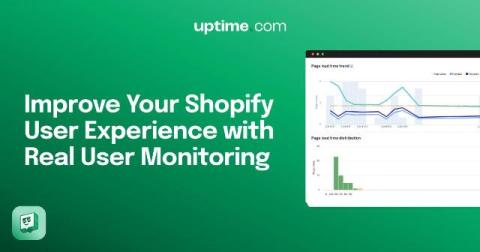What is an Uptime SLA Guarantee and Should You Have One?
When someone visits your website or logs into your platform, they expect it to be available whenever needed. But downtime is inevitable, whether it’s an unexpected technical hiccup or necessary routine maintenance. Because of that certainty, tech vendors hold themselves accountable to their clients with an uptime service level agreement (SLA) guarantee. This guarantee sets clear expectations about how often your services will be available and what happens when those expectations aren’t met.











